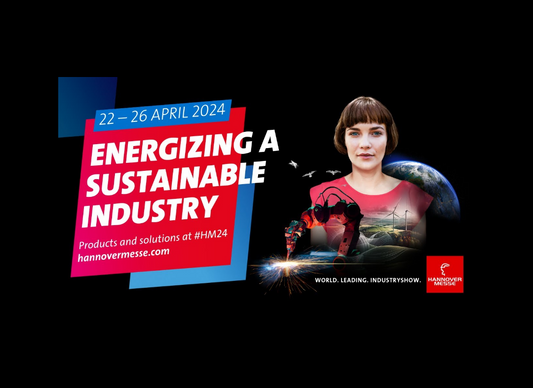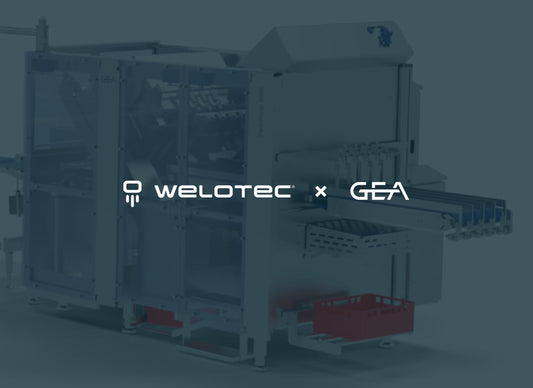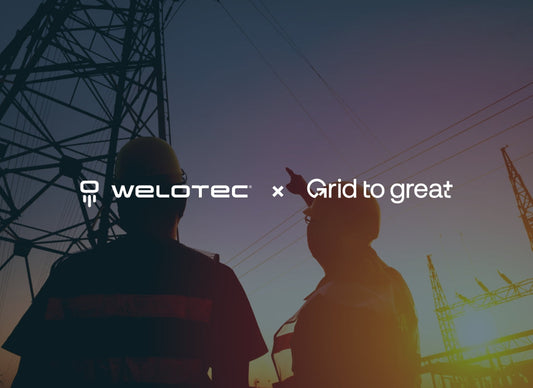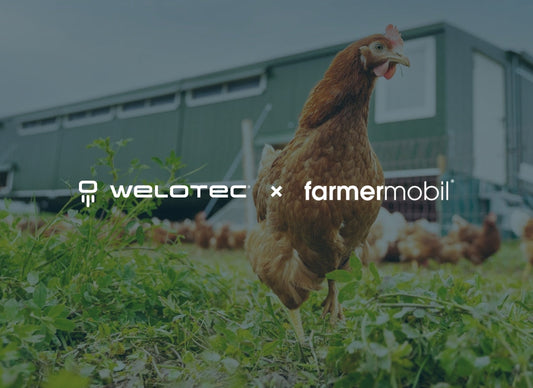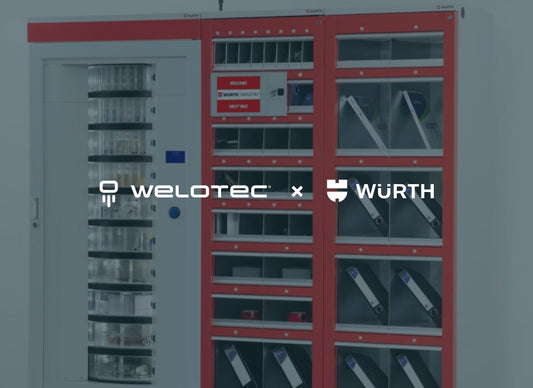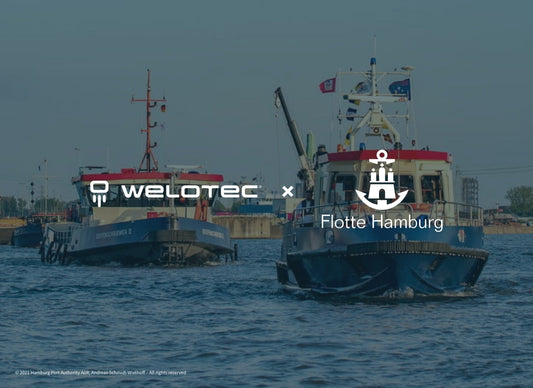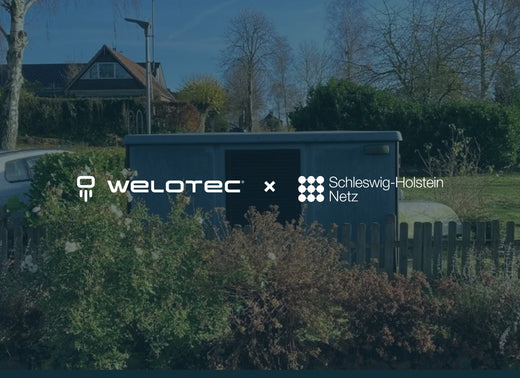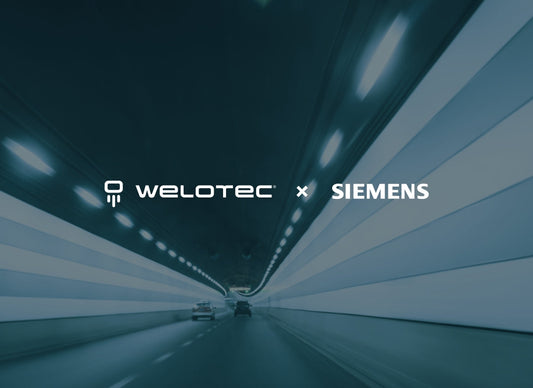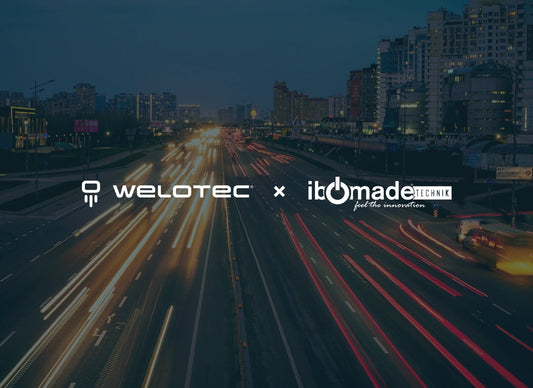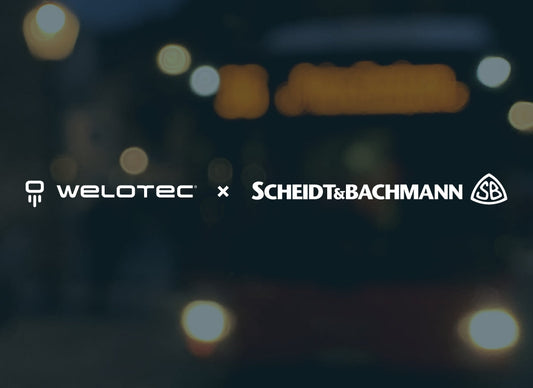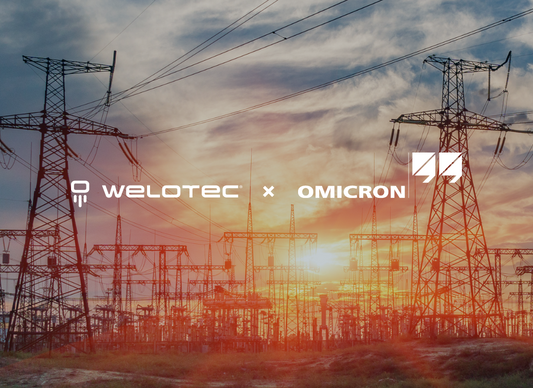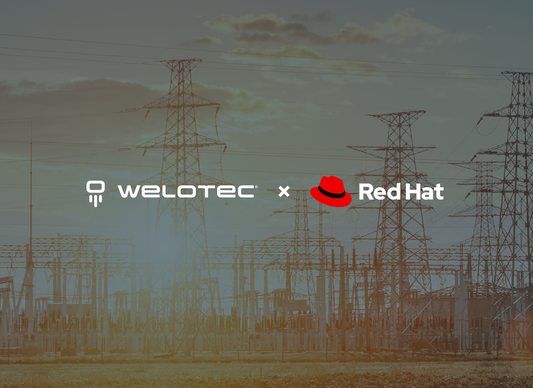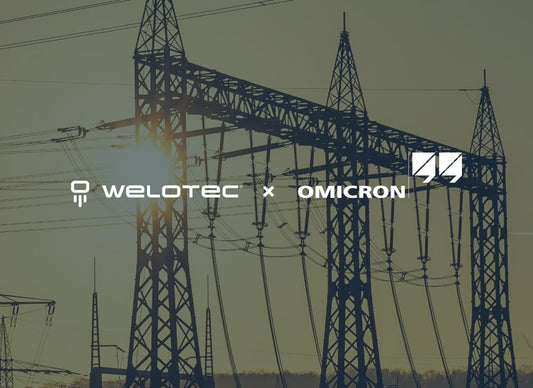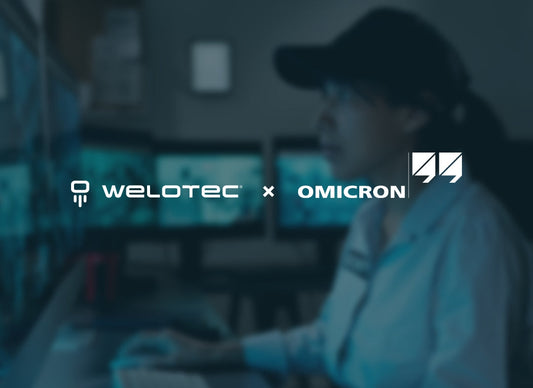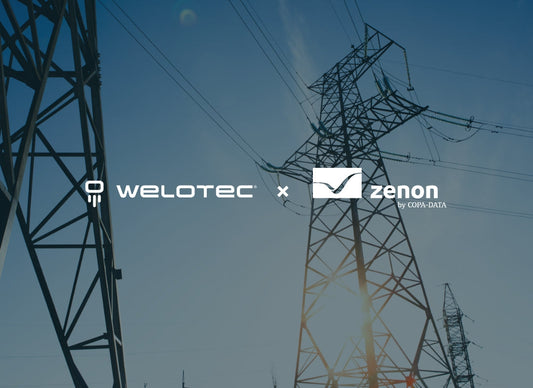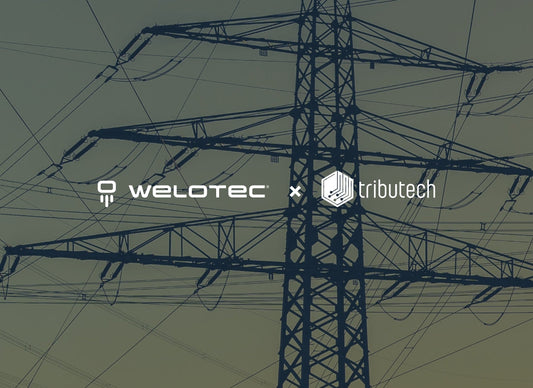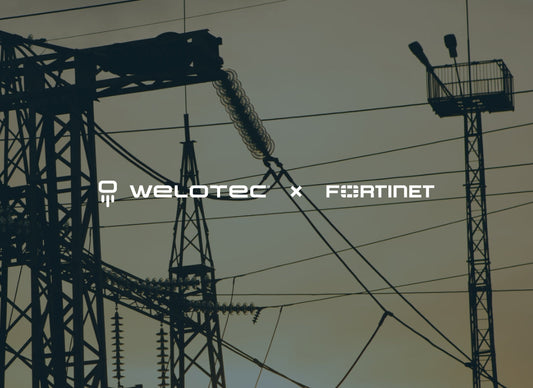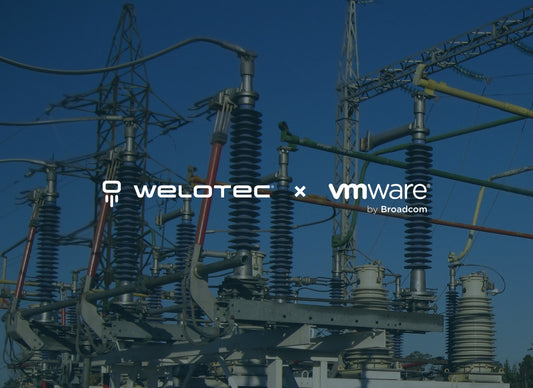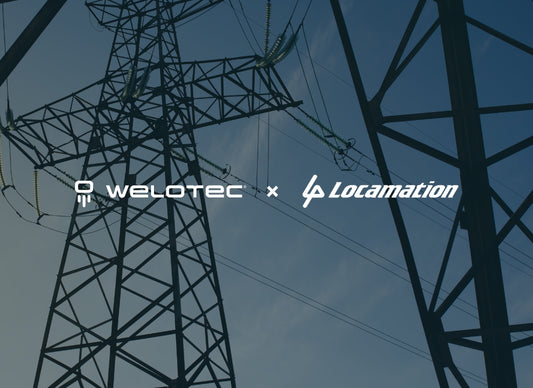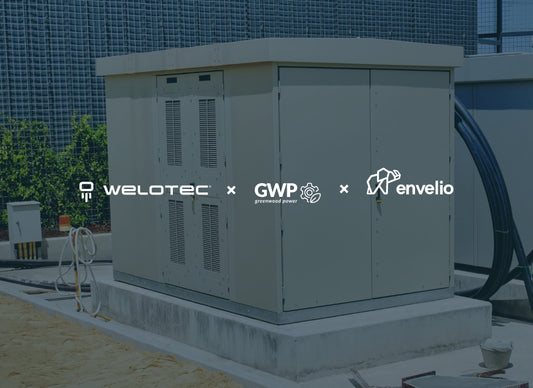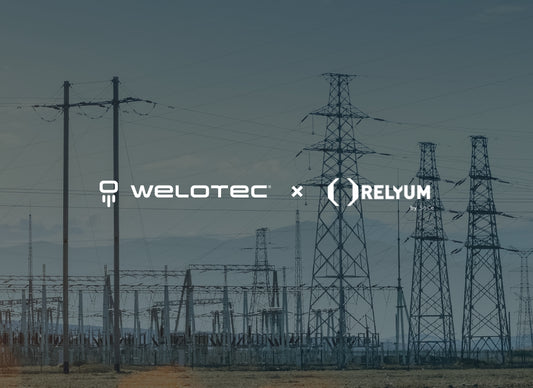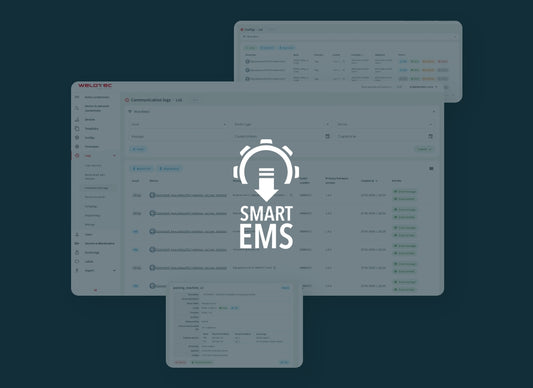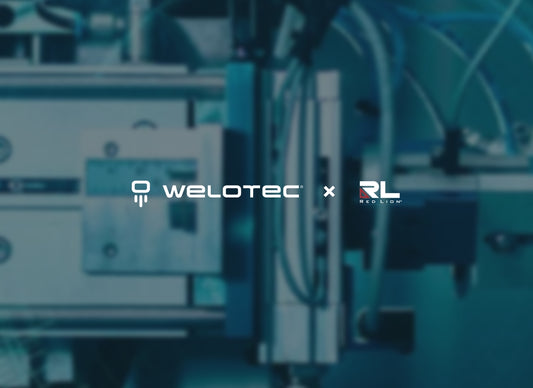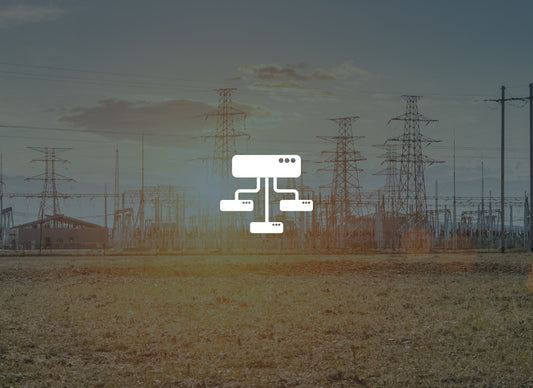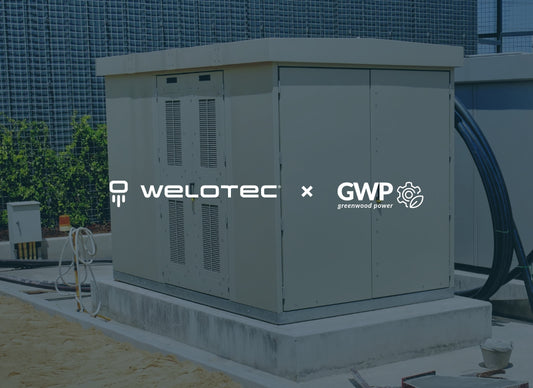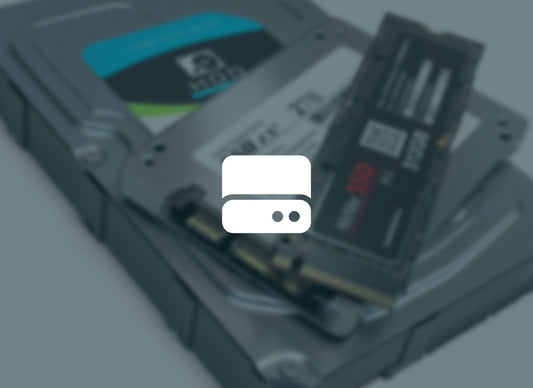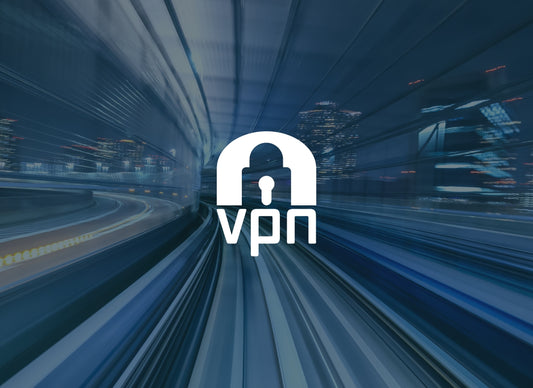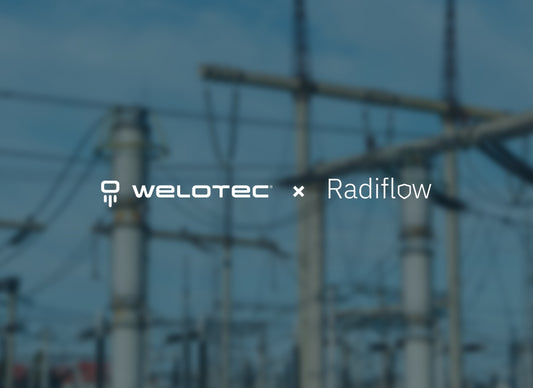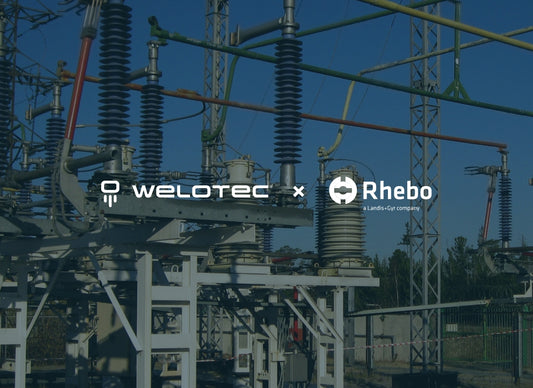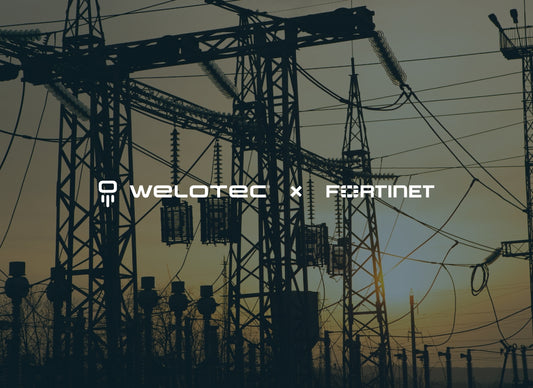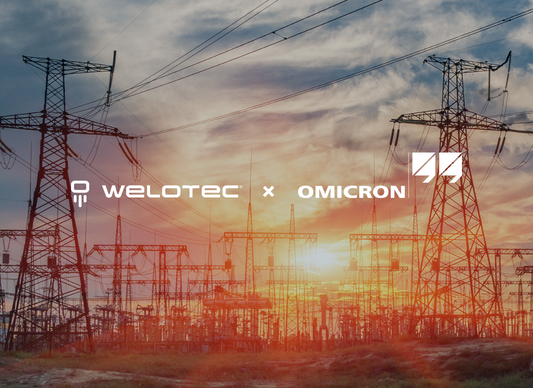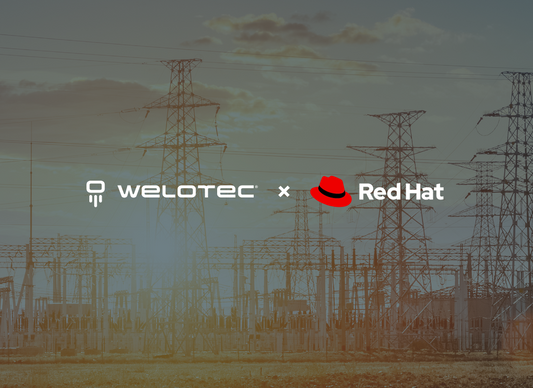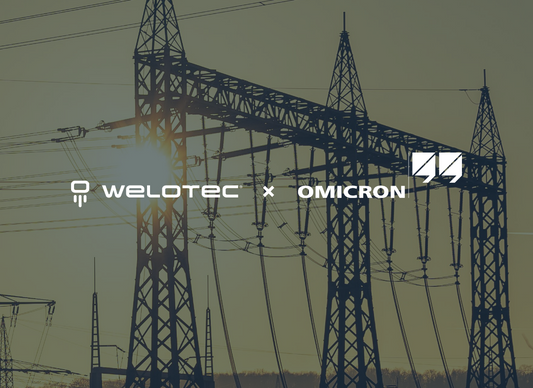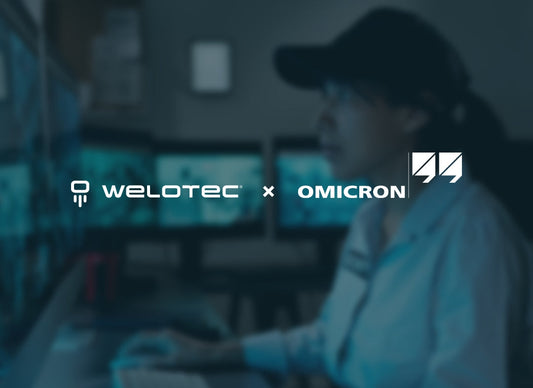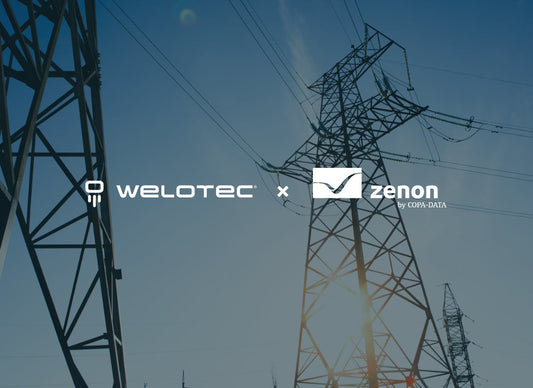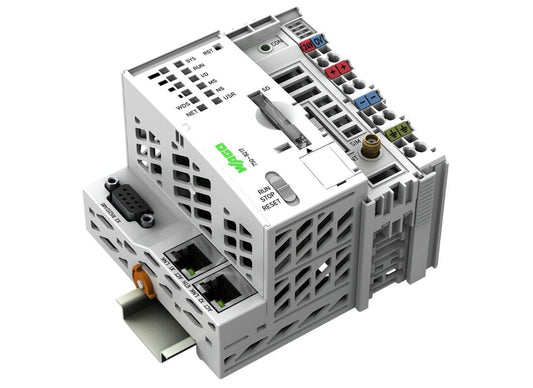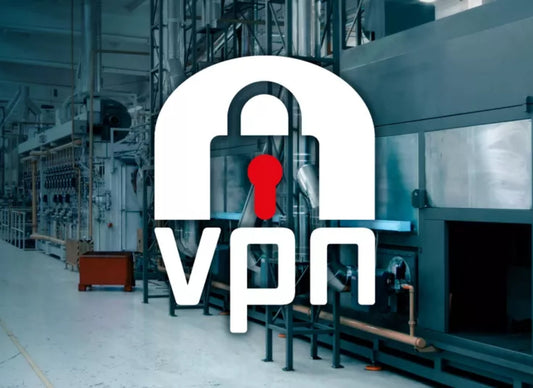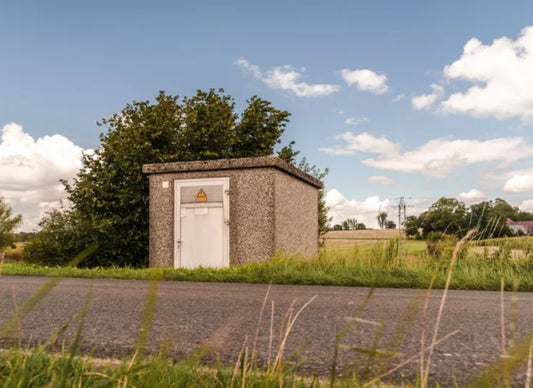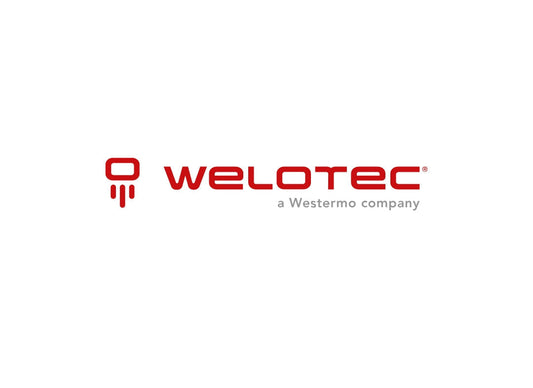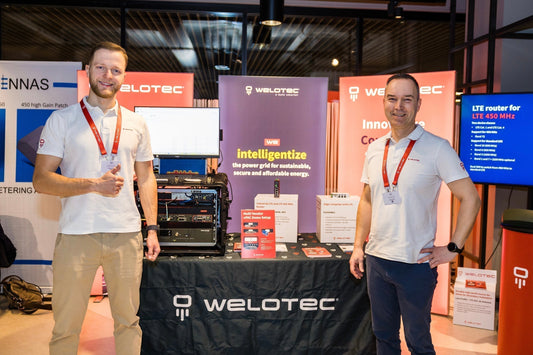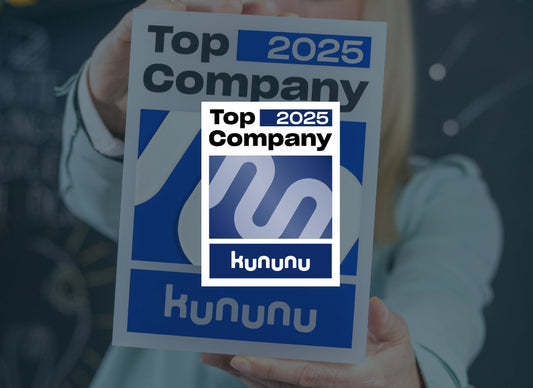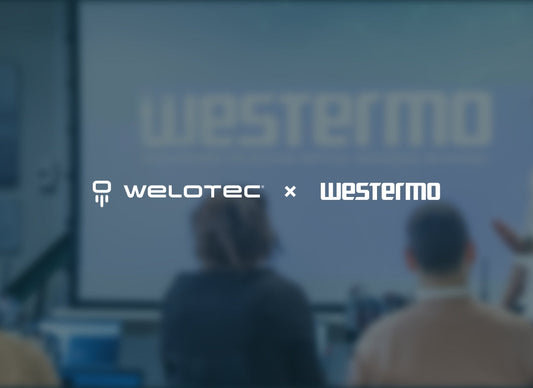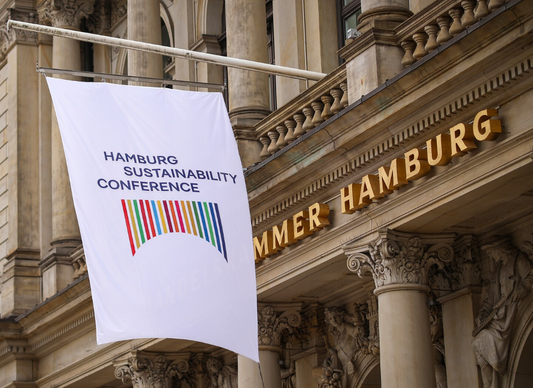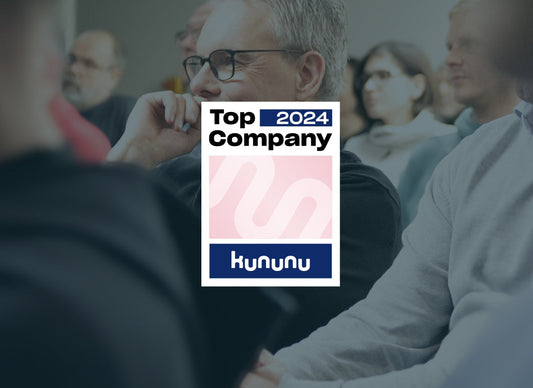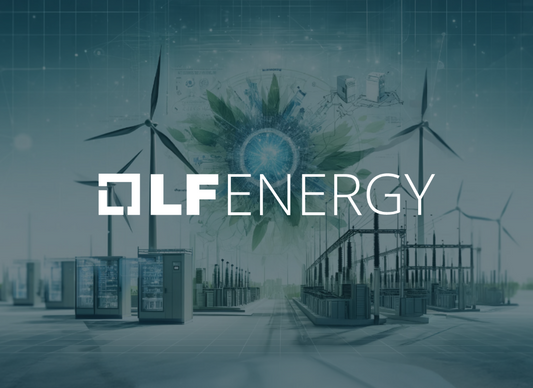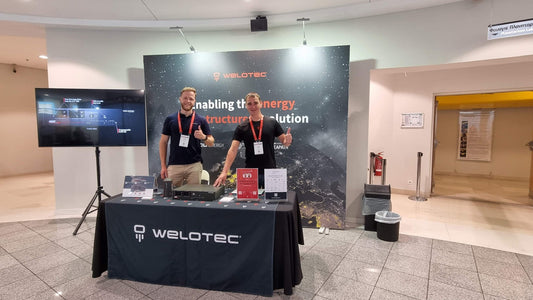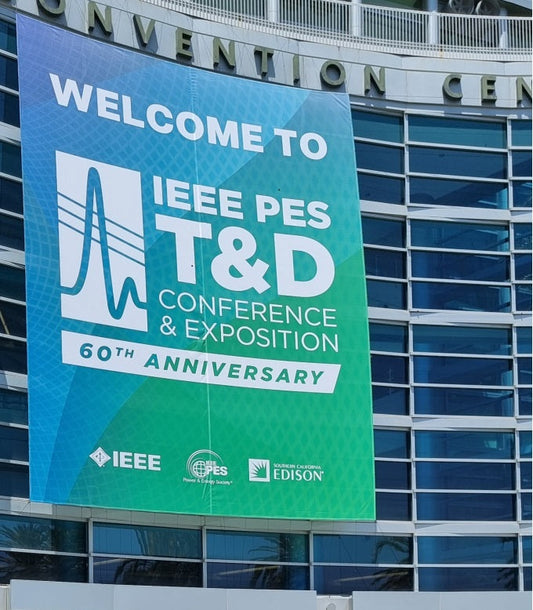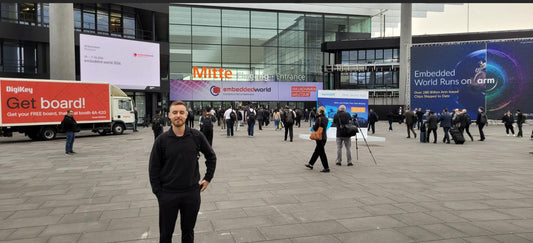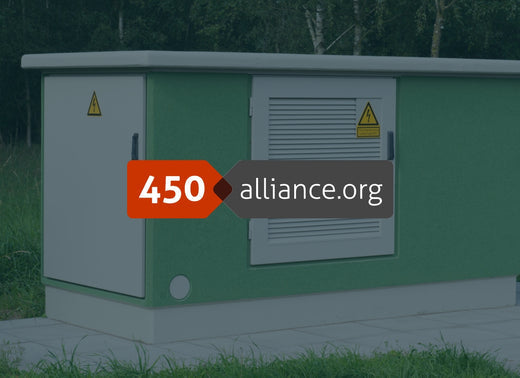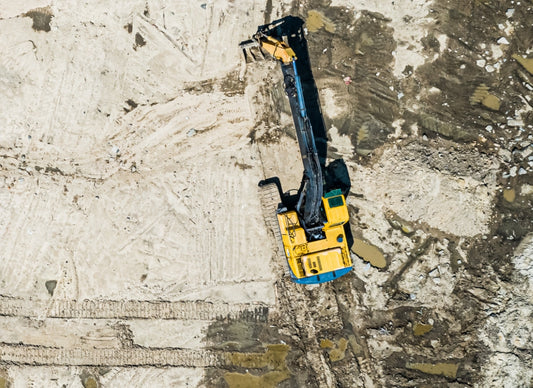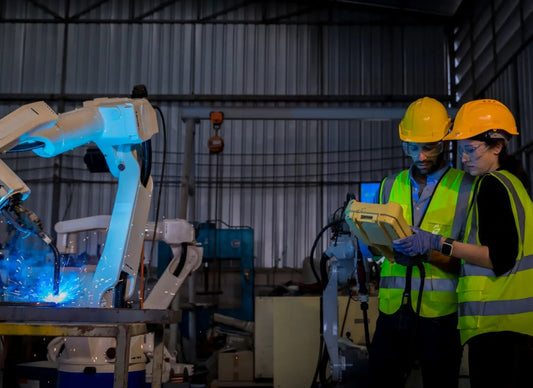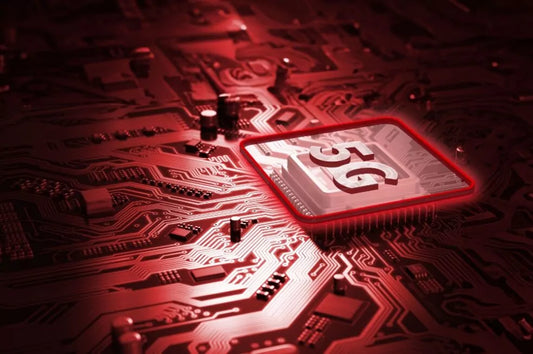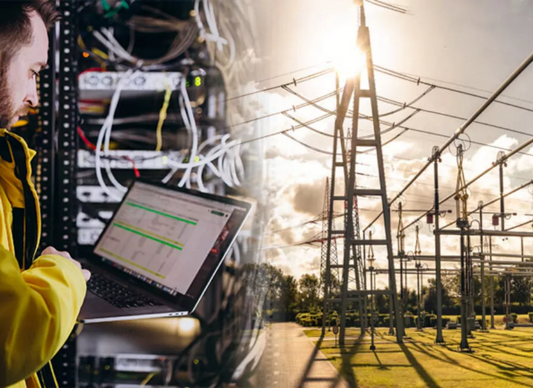After attending HANNOVER MESSE with my colleague Jos Zenner, I walked away with several key insights about the current state and future trajectory of the Industrial IoT (IIoT) business.
Here are three critical takeaways
Hyperscalers Refocusing on Core Business
In the ever-evolving IoT landscape, hyperscalers are reverting to their primary business model: hyperscaling. This shift indicates that these large-scale cloud service providers are prioritizing their foundational strengths in providing vast, scalable infrastructure over diversifying into niche IoT applications. This focus allows them to leverage their massive data centers and advanced cloud services to support a wide array of IoT solutions indirectly, rather than directly engaging in the intricacies of specific IoT use cases.
Implications
For Businesses: Companies leveraging IoT should align their strategies with the offerings of hyperscalers, focusing on how they can utilize scalable infrastructure for their IoT needs.
For Hyperscalers: Maintaining a focus on core competencies ensures they remain the backbone of IoT scalability, providing robust support for diverse applications developed by other enterprises.
Standardization of IoT Edge Infrastructures
There is a notable push towards standardizing IoT edge infrastructures to create scalable, interoperable solutions. However, these efforts have met with limited success so far. While some projects have moved beyond the Proof of Concept (PoC) stage to early adoption, the majority remain in PoC. To foster true innovation, it's crucial for solutions to be open, promoting a decentralized approach to development. This openness can drive collaboration and innovation beyond the capabilities of the major players alone.
Challenges and Opportunities
Challenges: Achieving standardization is complex, with varied requirements and existing infrastructures across industries.
Opportunities: Open solutions encourage broader participation from smaller innovators, leading to more robust and versatile IoT ecosystems.
The Evolution of Edge Computing
From Hardware to Software In the realm of Edge Computing, the focus is shifting from hardware to software-defined solutions. While hardware remains a critical component, it is increasingly viewed as insufficient on its own. The future lies in software-defined architectures where hardware components are interchangeable, ensuring greater flexibility, scalability, and efficiency.
Future Outlook
Software-Defined Solutions: These enable more adaptable and dynamic edge computing environments, facilitating quicker updates and better integration with existing systems.
Interchangeable Hardware: This approach reduces dependency on specific hardware vendors and enhances the ability to customize and scale solutions as needed.

Conclusion
The HANNOVER MESSE experience underscored the dynamic nature of the IIoT sector. Hyperscalers are concentrating on their core strengths, there is a push towards open and standardized edge infrastructures, and the future of edge computing is increasingly software-driven. These trends collectively highlight the need for flexibility, collaboration, and a focus on scalable solutions to drive the next wave of industrial innovation.
Do these points resonate with your experiences or observations? I would love to hear your thoughts and engage in a discussion about the future of IIoT.

